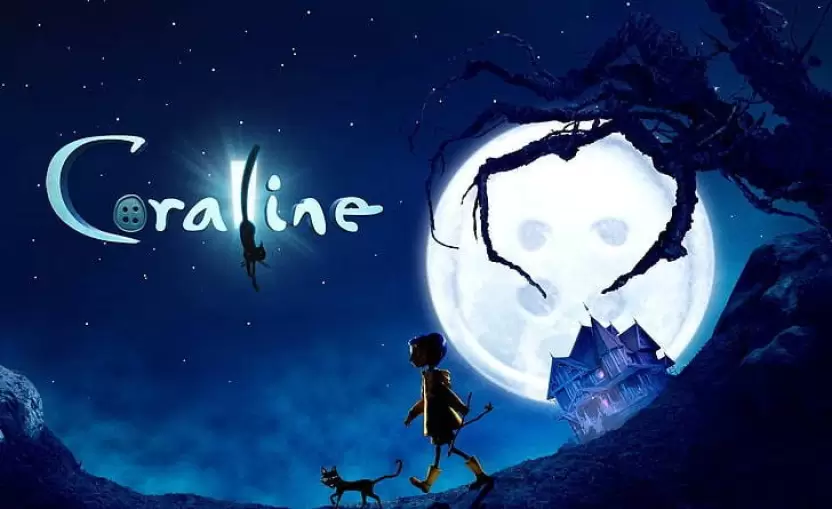San Diego State’s University Art Gallery welcomes viewers into a land of truth, recognition and color as it displays the beauty of the Amazon Rainforest.
According to Gillian Sneed, the curator of the exhibition, it includes historical, contemporary and modern art along with material and popular culture to discuss and represent the Amazon region of South America. Artworks by natives of the region and the surrounding area are available for education and enjoyment, relating to themes of environmentalism and stereotypes.
Sneed has been curating exhibitions since 2012 and has had a main focus on Brazilian art since she was in graduate school.
“The exhibition obviously includes a lot of Brazilian art and artists because most of the Amazon is in Brazil,” Sneed said. “But not only (Brazil) because the Amazon region covers nine countries. My exhibition includes four contemporary indigenous artists from different countries.”
Some of the artists represented in the exhibition include Sergio Allevato, Nelson Leirner, Denilson Baniwa, Sheroanawe Hakihiiwe and Abel Rodríguez.
Upon entering the gallery, a piece by Baniwa can be seen as an introduction to the exhibition. Baniwa is from Rio Negro, Amazonas. Titled “Voyeurs 2,” the 2019 piece is a collage that communicates a theme seen throughout the whole gallery: colonial impact on the region in history as well as today.
The sounds of the rainforest can be heard toward the back of the gallery, where there is a near 30-minute video by Melanie Smith titled “Fortlandia” from 2014. In the video, Smith captures the Brazilian Amazon and “beckons the viewer to experience an existence far removed from the capitalist clock of North American ambitions.”
Sergio Allevato’s braZil series is on display as well, showing tropical birds such as parrots and macaws juxtaposed with cartoon references from U.S. companies like Disney and Looney Tunes. The pieces reference pop culture and U.S. propaganda in Brazil in the 20th century.
There were a number of events in March to introduce the exhibit, including a panel with Baniwa and an exhibition tour led by Sneed.
Michelle Topete, a gallery assistant for the exhibition, expressed her admiration for the display of travel ads and movie posters. She noted the movie posters specifically, which show how the American public has consumed media surrounding the region with copious stereotypes for decades.
These images are real-life depictions of Western views of the Amazon region and its Indigenous people. The pieces seen throughout the gallery show these common stereotypes and bring us into the world of the Amazon with imagery as well as video.
“My way to make commentary and to advocate for change is through what I do, which is looking at art and organizing art exhibitions,” Sneed said. “I don’t know that my exhibition can change things, but it can definitely be critical to get people thinking about these issues and maybe impact people thinking about them to put it on the radar for people. And maybe some of those people will be able to do something to change what’s happening.”
Located on the fourth-floor courtyard of the School of Art and Design, the University Art Gallery is free and open to the public Tuesdays through Thursdays from noon to 4 p.m. or by appointment.
For more information on the exhibition or to schedule a gallery visit outside of open hours, visit the gallery’s website here.






